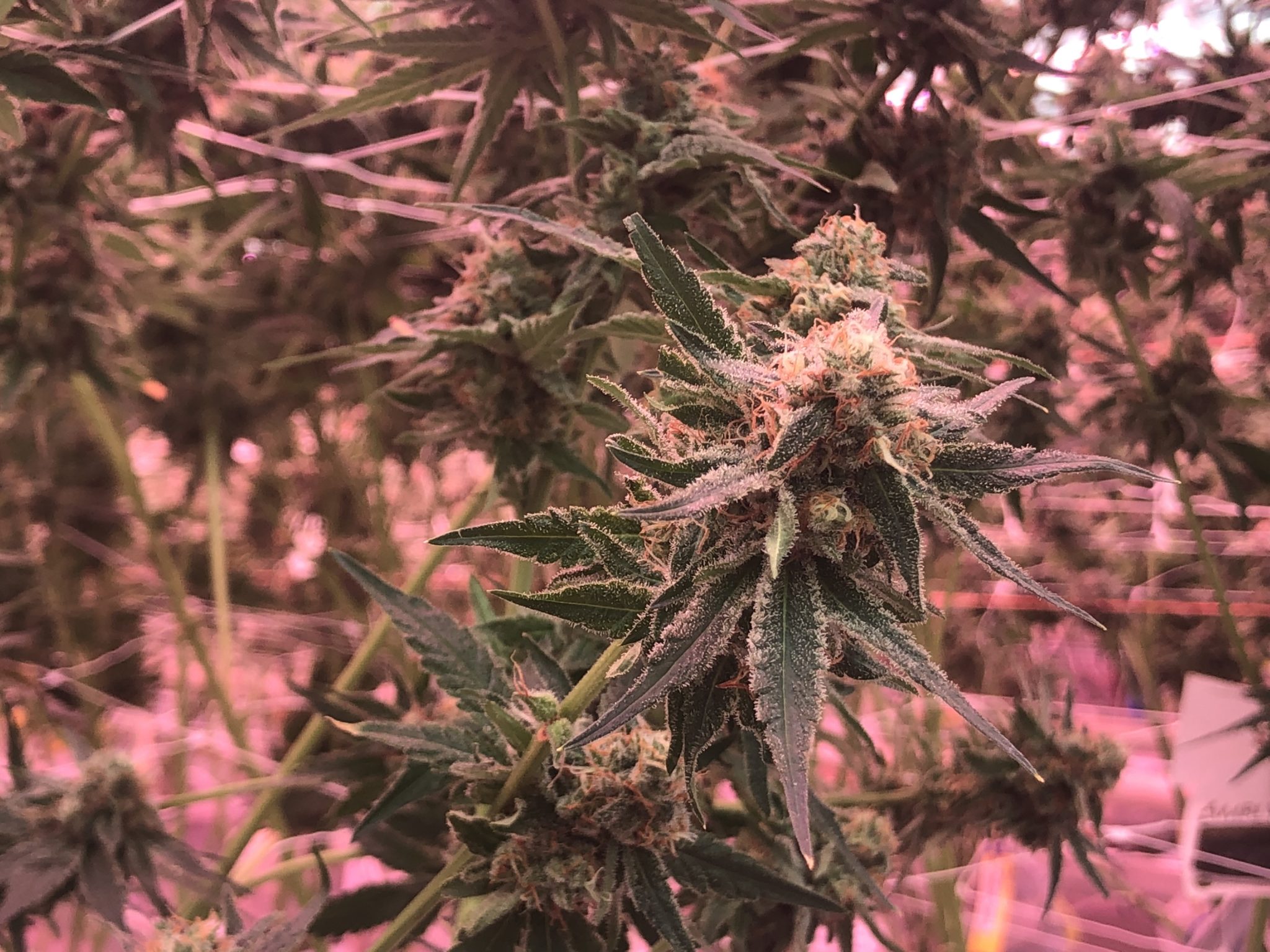Local governments in New York State are debating whether or not to ban recreational cannabis sales. They can either “opt in” or “opt out,” but they have to choose. Fast approaching is a December 31 deadline set by the state—if municipalities don’t take action before then, sales will automatically be legal in their city limits.
New York State legalized adult-use cannabis in April 2021. Under the law, municipal governments must choose whether or not to allow recreational cannabis sales, including through dispensaries and on-site consumption lounges. If they take no action by the end of the year, such sales will become legal by default. But if a city government does choose to ban one or more forms of cannabis sales, residents who oppose this can gather signatures and call a special election, putting it to a vote.
If a city bans cannabis sales, it can reverse course and opt in at a later date. But once it allows cannabis sales, it cannot ban them again—shops will be legal permanently.
Cities Are Starting to Move
On December 12, the City Council of Schenectady voted to ban recreational cannabis sales. Schenectady is less than 20 miles from the state capital of Albany, and is among the state’s 10 largest cities. Mayor Gary McCarthy is asking the Council to reconsider.
“I’m not necessarily condoning [legal sales],” he said, “but it’s just the reality of it. I would encourage the council to let that move forward as we work with the state to get rules and regulations adapted.”
According to the Rockefeller Institute, over 25 percent of New York’s towns and 31 percent of its villages have vote thus far to ban cannabis sales.
Meanwhile, the New York City Council hasn’t yet taken an official vote on the issue—though as potentially the largest single cannabis market in North America, it would be astounding if it opted to ban sales. Incoming Mayor Eric Adams is also supportive of legal sales.
However, because state law gives cities zoning power over where dispensaries can actually be located, it’s very likely dispensaries won’t be equally dispersed throughout New York City. Conservative, Republican-voting Staten Island will likely have few if any dispensaries. Portions of Queens, Brooklyn, and the Bronx that are farther away from popular centers will also probably have fewer dispensaries.
Towns Banning Cannabis Sales Around the Country
The story of local governments banning cannabis sales is as old as legalization itself. Throughout the US, legal-cannabis states have been heavily divided between areas where residents can purchase it, and others where shops are totally banned.
In New York’s neighbor, New Jersey, 71 percent of municipalities—400 altogether—have completely banned all recreational cannabis businesses, with most additionally banning medical sales.
During California’s first year after recreational cannabis sales began in 2018, about two-thirds of municipalities banned sales. Some have since changed course, but today, almost half of the state’s 58 counties still don’t allow recreational or medical cannabis sales.
In Colorado, 102 cities and towns voted to ban recreational cannabis sales within a year after the state’s historic legalization vote in 2012. These included nine of the 10 largest cities in the state, and many where a majority of residents had voted in favor of legalization. To this day, the state’s second-largest city, Colorado Springs, continues to ban recreational sales, although eligible residents can choose from numerous medical dispensaries.
And in Washington State, after two years of legal sales, 54 cities, representing about 30 percent of the state’s population, had permanently banned recreational cannabis sales.
The Human Cost of Local Bans
Cities banning cannabis sales creates an inconvenience for residents—in a large state like Colorado or Nevada, it can mean you literally have to drive hours to get to a dispensary. But the consequences are more serious than that.
By limiting cannabis stores to isolated pockets of the state, cities are discouraging their residents from purchasing legal products, and encouraging illicit sales to continue. People will have no reason to drive long distances to a dispensary if they can buy locally. In California, five years after legalization, the illicit market still earns about $8 billion annually—twice the amount of legal sales. And everyone involved in illicit activity remains at risk of arrest.
The decisions New York’s cities and towns make between now and New Year’s Eve will reverberate for years to come.
These continuing cannabis arrests perpetuate racial injustice. According to the ACLU, Black residents in both Massachusetts and Maine were actually increasingly likely to be arrested for cannabis relative to white residents after legalization in 2016. In other states like California and Nevada, these racial disparities improved after legalization, but still persist.
Of course, simply allowing cannabis sales within your city limits doesn’t ensure that anyone can easily open a dispensary—just ask the entrepreneurs who have spent years fighting to open a shop in cities like San Francisco or Los Angeles. But the fewer barriers there are to opening a cannabis business—financial, geographical or otherwise—the more they will proliferate, meaning more access for all residents.
As New York prepares to open the largest legal cannabis market on the East Coast, the decisions its cities and towns make between now and New Year’s Eve will reverberate for years to come.
Photograph of cannabis by Alexander Lekhtman





Show Comments